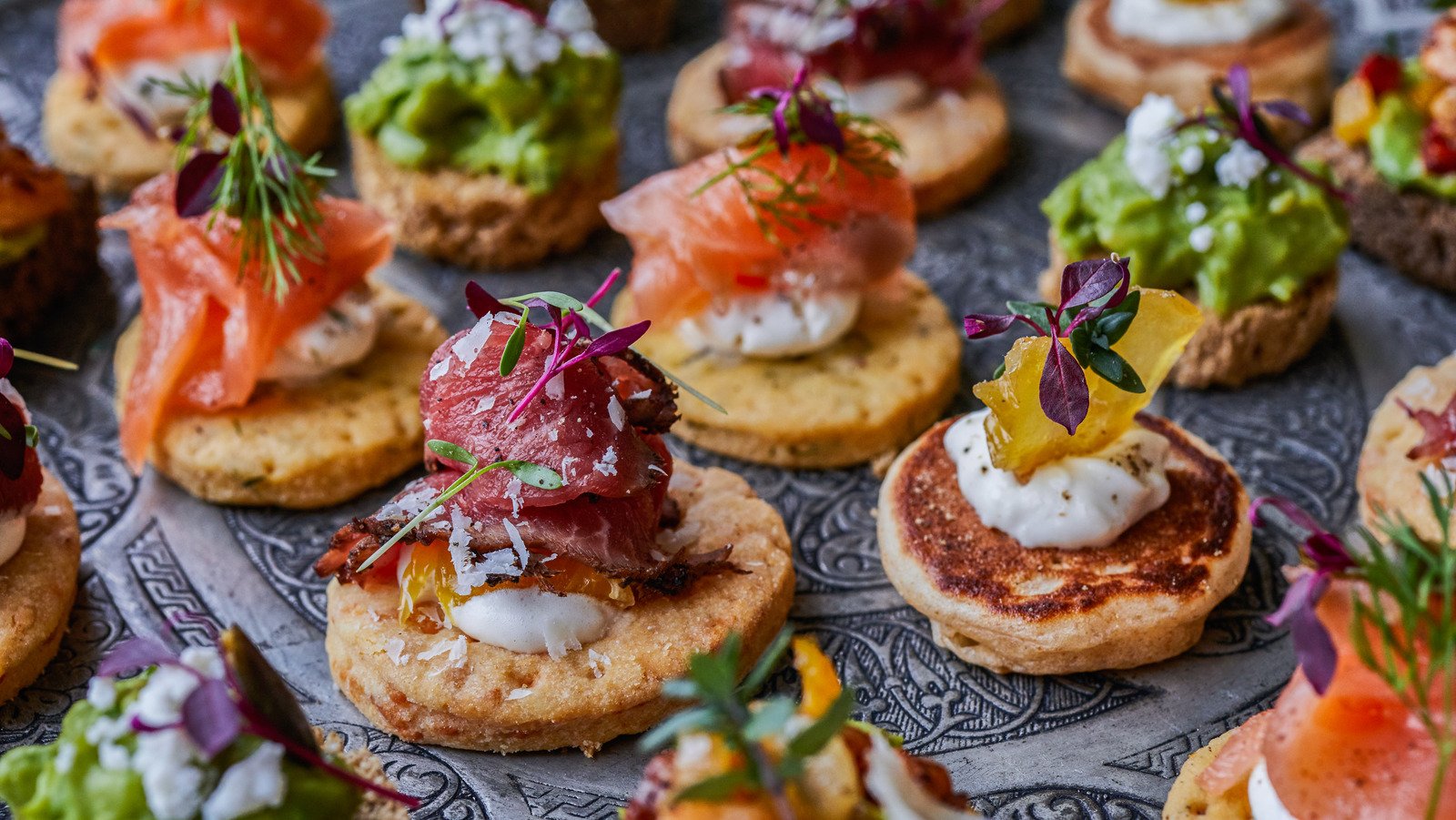The Evolution of Appetizers: From Ancient Times to Modern Starter Dishes
In today’s culinary landscape, appetizers have become an integral part of a dining experience. These delectable bites tantalize our taste buds and set the stage for the main course. But how did the concept of appetizers evolve throughout history? Let’s travel back in time to uncover the fascinating journey of how appetizers became the starter dishes we know and love today.
Ancient Origins: The Birth of Small Bites
The roots of appetizers can be traced back to ancient civilizations, where certain cultures incorporated small bites into their dining traditions. Ancient Egyptians, for example, often started their meals with a selection of finger foods, such as dates, figs, and cucumbers, to awaken their palates before the main courses.
Similarly, the ancient Greeks introduced the concept of “promerasia,” meaning “before meals.” They would serve small plates of olives, cheeses, and cured meats to whet the appetite and enhance the overall dining experience. This practice gradually spread throughout the Roman Empire.
The Middle Ages: The Rise of Banquets
The Middle Ages marked a significant shift in the way appetizers were consumed. Banquets, lavish feasts held by nobility and aristocrats, became an occasion to showcase culinary prowess. Appetizers played a crucial role in these extravagant events, serving as a precursor to a succession of impressive courses.
During this period, appetizers were often elaborate and indulgent. The wealthy would feast on delicacies like pâtés, marinated fruits, and spiced nuts, all designed to impress and stimulate the senses. The presentation of these appetizers became an art form as well, with platters adorned with intricate designs and sculptures.
The Renaissance: The Birth of Antipasti
The Renaissance era brought about a renewed interest in the culinary arts. Italian cuisine, in particular, underwent a transformation, giving rise to the concept of antipasti. Derived from the Latin phrase “ante pastum,” meaning “before the meal,” antipasti encompassed assorted dishes served before pasta or other main courses.
Antipasti became more refined and diverse during this period. Tables were laden with marinated vegetables, cured meats, cheeses, seafood, and bread, showcasing the bounty of Italy’s rich culinary heritage. The flavors and textures of these appetizers harmonized, setting the stage for the hearty Italian feasts that followed.
Modern Era: The Advent of Canapés and Tapas
The modern era witnessed the evolution of appetizers into bite-sized delicacies known as canapés. These delectable treats gained popularity in the 19th century, often served at cocktail parties and formal events. Canapés showcased inventive combinations of flavors, displayed on small crustless bread or toast.
Meanwhile, in Spain, a different form of appetizers emerged: tapas. Historically, tapas were small plates placed on top of wine glasses to protect the drink from flies. Over time, these appetizers evolved into a culinary tradition of their own, consisting of various hot and cold dishes meant to be shared and enjoyed with friends and family.
The Age of Fusion: Global Influences on Appetizers
As our world became increasingly interconnected, culinary traditions began to blend, leading to the fusion of flavors in appetizers. Immigrants brought their own culinary practices to new lands, resulting in the integration of diverse ingredients and cooking techniques.
In the United States, for instance, the fusion of cultural influences birthed a new wave of appetizers. The popularity of Asian cuisines introduced sushi rolls, dumplings, and spring rolls as crowd-pleasing starters. Mexican influences brought forth nachos, quesadillas, and guacamole, while Mediterranean flavors contributed hummus, tzatziki, and falafel to the appetizer scene.
The Present: The Art of Appetizers
Today, appetizers have become an art form in their own right. Chefs around the world continuously push the boundaries of creativity, crafting miniature masterpieces that awaken our senses and leave us craving for more. Inventive presentations, innovative flavor combinations, and the use of seasonal and local ingredients have elevated the status of appetizers.
Whether it’s a beautifully arranged charcuterie board, a trio of ceviches, or a selection of artisanal bruschetta, appetizers have become an essential part of dining out and entertaining at home. They offer us a glimpse into the chef’s culinary prowess, while simultaneously whetting our appetite for the main course that follows.
In Conclusion
From humble beginnings in ancient civilizations to the modern culinary art form they have become, appetizers have traveled a remarkable journey through time. These small bites not only satisfy our hunger but also heighten our dining experiences, setting the stage for the flavors and delights that lie ahead. So, the next time you indulge in a perfectly crafted appetizer, remember the rich history that led to its creation.
*Source www.tastingtable.com




































